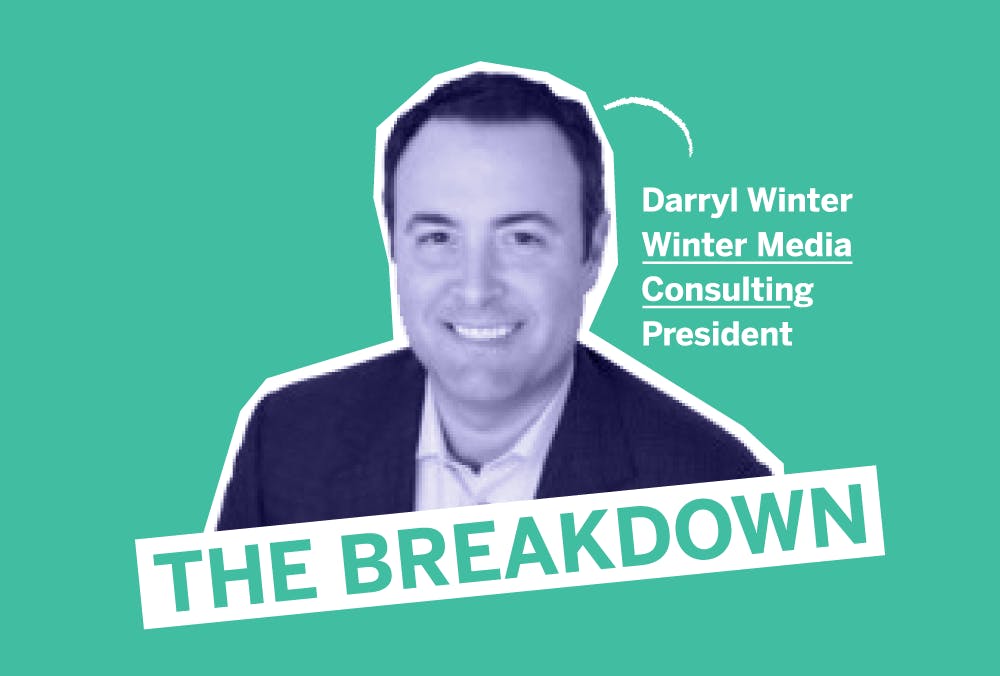
Breaking Down Programmatic and Direct Sales Structures
The Challenge
Digital sales teams today face three main challenges: Infinite supply, thousands of publishers to compete against and changing standards and KPIs.
Clients want transparency into the inventory they are buying, flexibility in their spend, as well as an increasing use of data in their campaigns. Additionally, agency teams continue to merge by bringing programmatic and traditional digital together. More often than not, publishers have created separate teams for those competencies—one focused on premium, direct-IO deals and the other managing programmatic business—but as buying habits change, so does the need to create sales structures that can service both.
The Situation
A client buying your inventory in the open market is doing so because they have found an audience attribute that is important to them. Effectively utilizing that information can also be an exceptionally compelling argument to buy that inventory from the publisher either as a PMP or direct IO. What they’re buying, CPMs they’re clearing at, as well as how often they’re winning that inventory are critical data points that can be communicated to the client with the very simple value proposition of “you’re already buying us in the open market, so let me help you get more of the inventory you’re looking for in a controlled environment.”
Creating a fluid structure between publisher programmatic and direct sales teams helps to further ensure transparency through the organization, maximizing your yield as well as capitalizing on critical lead information on current or prospective clients. Right now is a prime example of why it’s important to have fluidity between the two sales tactics. With economic and social factors in the U.S. at the peak of uncertainty, there’s less room for media plans to include new publishers and or sponsorships that tend to be firm commitments. As such, programmatic offers the maximum amount of flexibility with the widest range of options, but contextual alignment (good or bad) and inventory transparency continue to play a significant role in buying decisions. Private Marketplace (PMP) and Programmatic Guaranteed (PG) deals can offer the best of both worlds offering pricing floors, fixed rates and curated markets. Additionally, sellers offering the opportunity for buyers to sample the inventory without a budget commitment can be the beginning of a fruitful direct relationship. With a direct relationship, sellers can begin to better understand their clients needs, and service it accordingly.
Let’s not forget the very large gorilla sitting in the room —the long-anticipated death of the cookie. What should we expect?
- Publishers already are likely to see CPM declines upwards of 50% or more on their iOS inventory.
- Publisher identity solutions and beefing up 1st party data capture will help mitigate some of this risk, but they will also need to offer advanced contextual targeting in conjunction with audience solutions
- Buyers will surely be looking for partners that will help them through the initial pains of a cookieless world and those pain points will toggle back and forth between the programmatic and direct landscape
The Breakdown
By enabling your sales staff to go after dollars from both silos you’ll exponentially increase your chances of success. The origination of the buy won’t matter since there will be less internal conflict as the swim lane widens. Sellers should be skilled in numerous competencies that will make them stronger, more polished executives and should be enabled to provide their clients with multiple solutions so they have the most consultative approach possible.
About the author:
Darryl Winter is President of Winter Media Consulting Group and has been a media executive for over 24 years. Darryl has held senior positions at Discovery, Viacom and most recently McClatchy where he successfully ran high performing teams charged with both programmatic and direct sales. Darryl lives in Chappaqua, NY with his wife and three children.